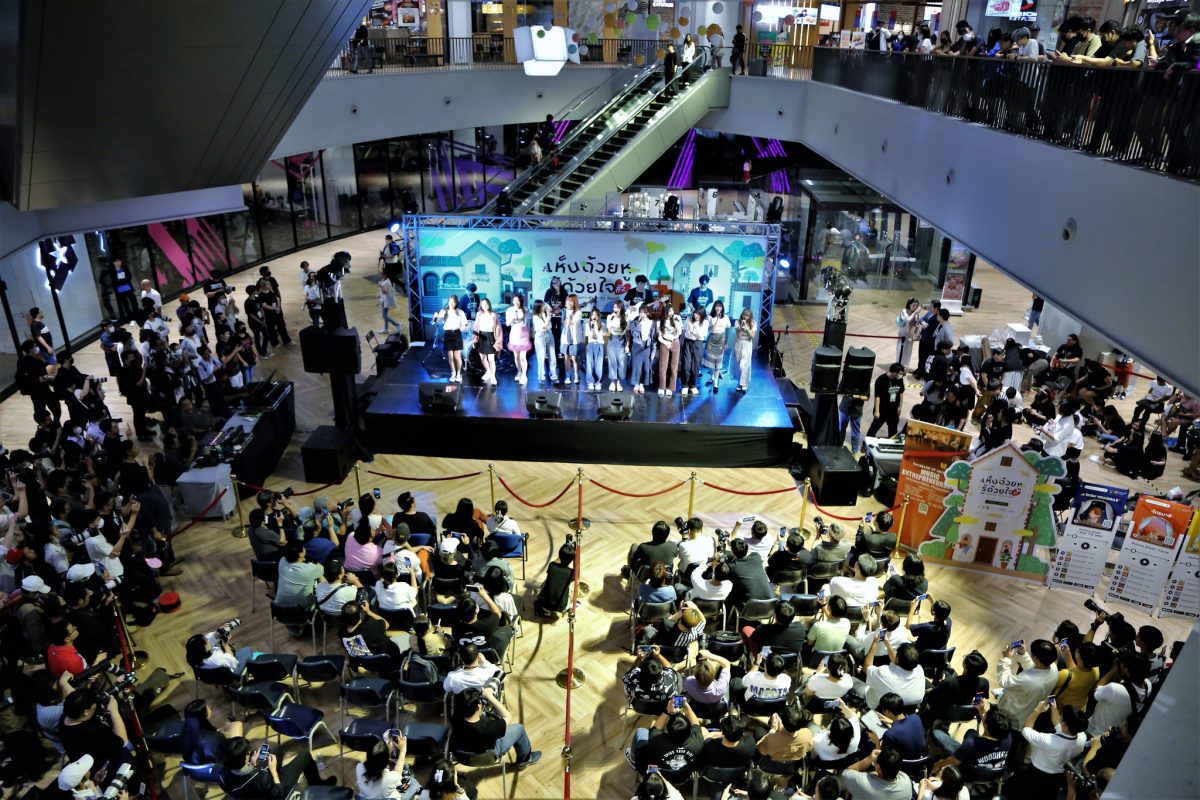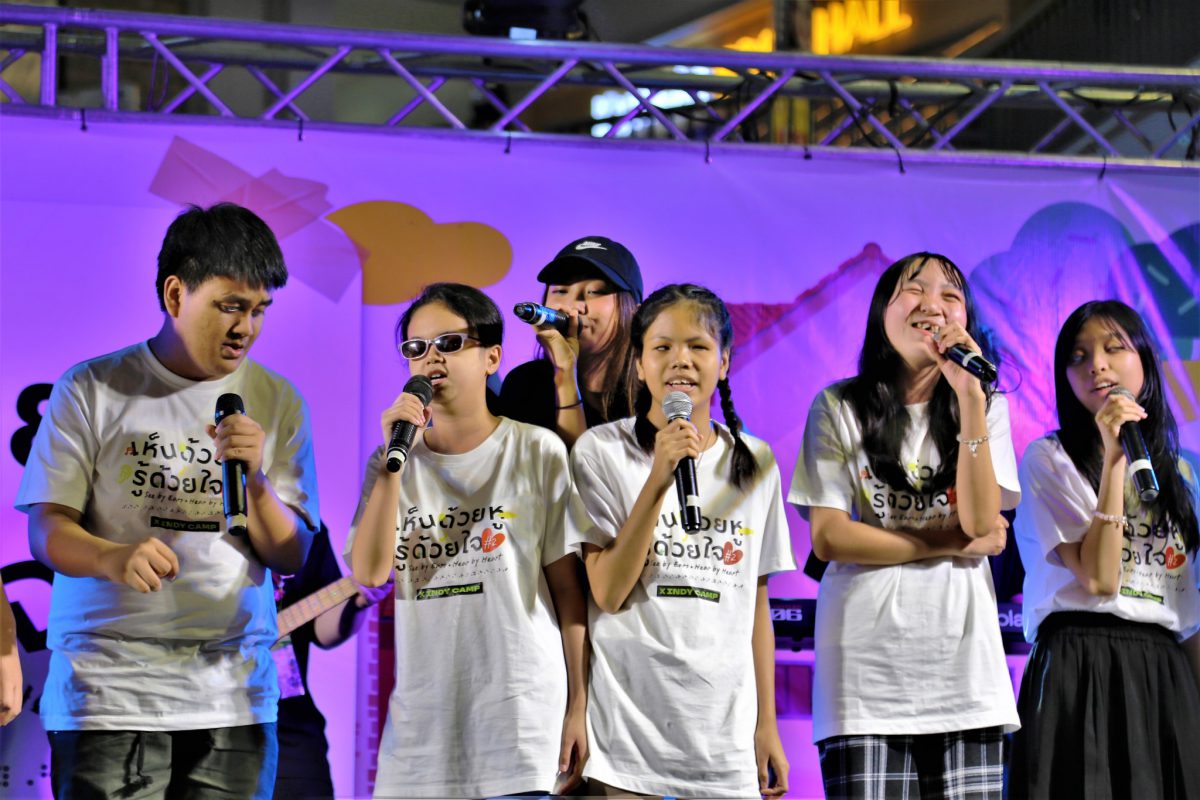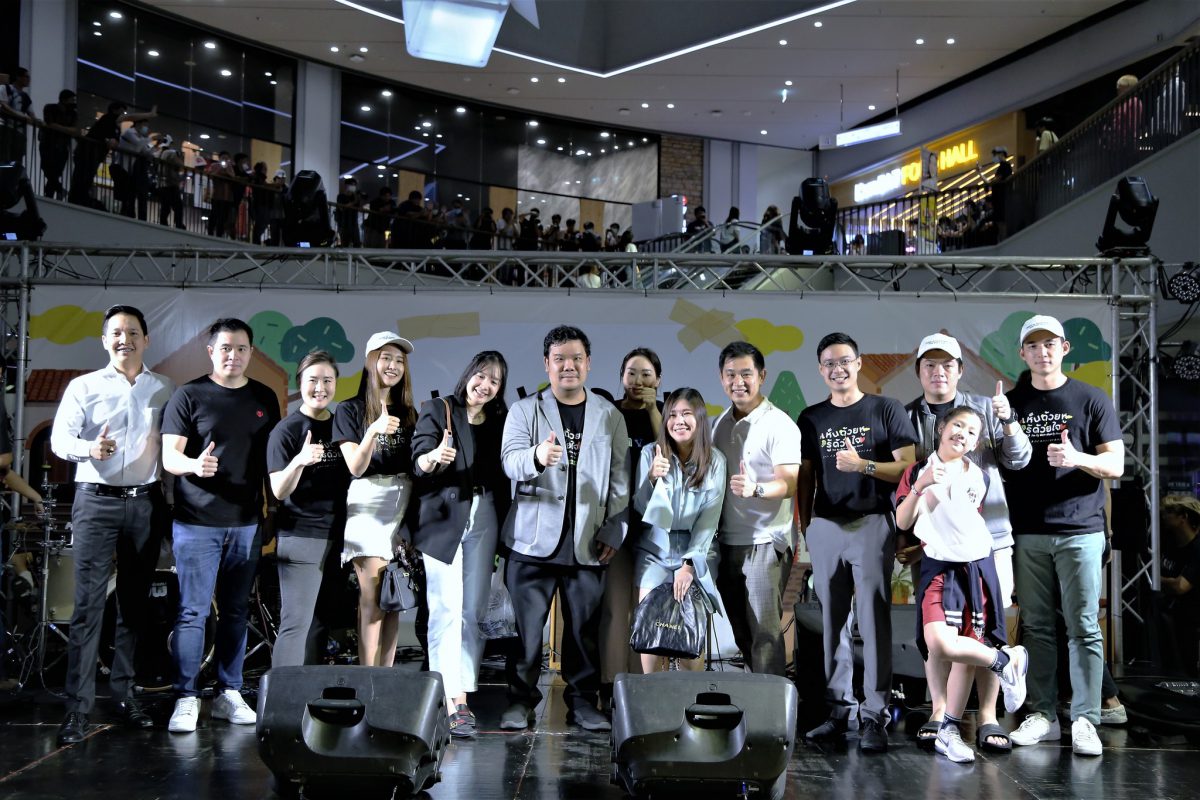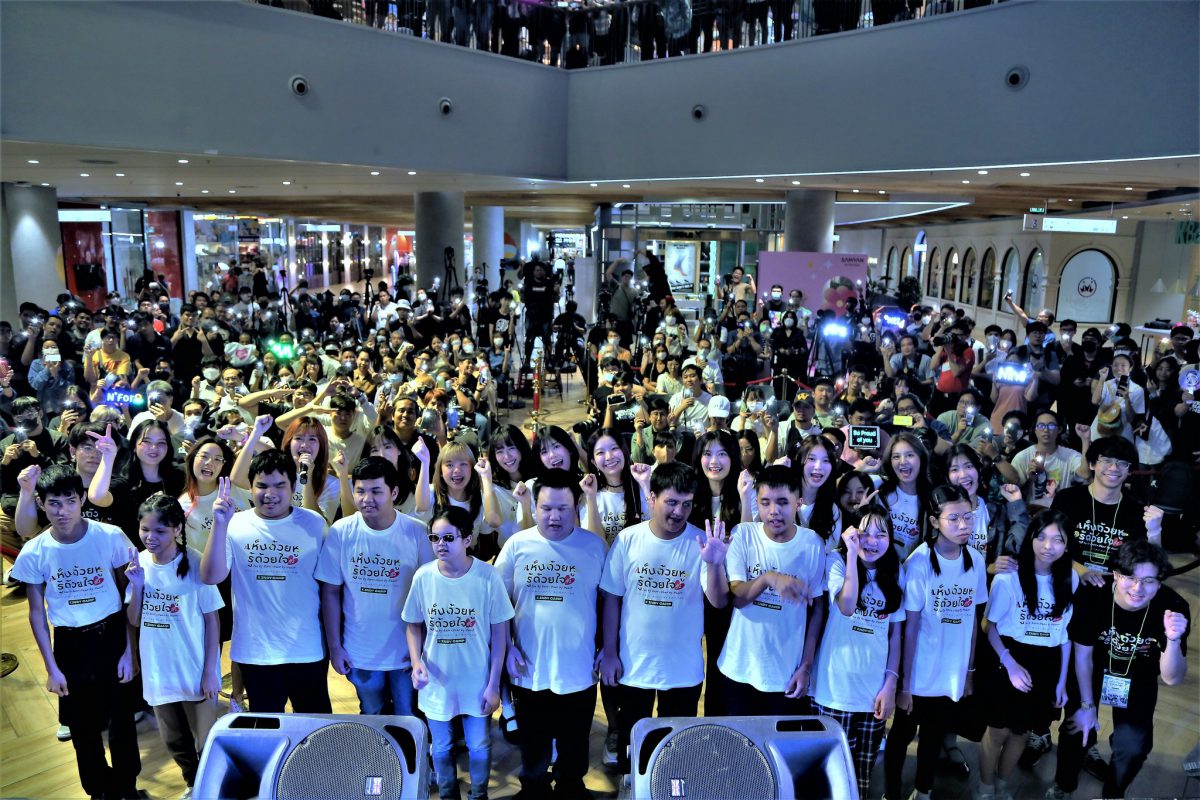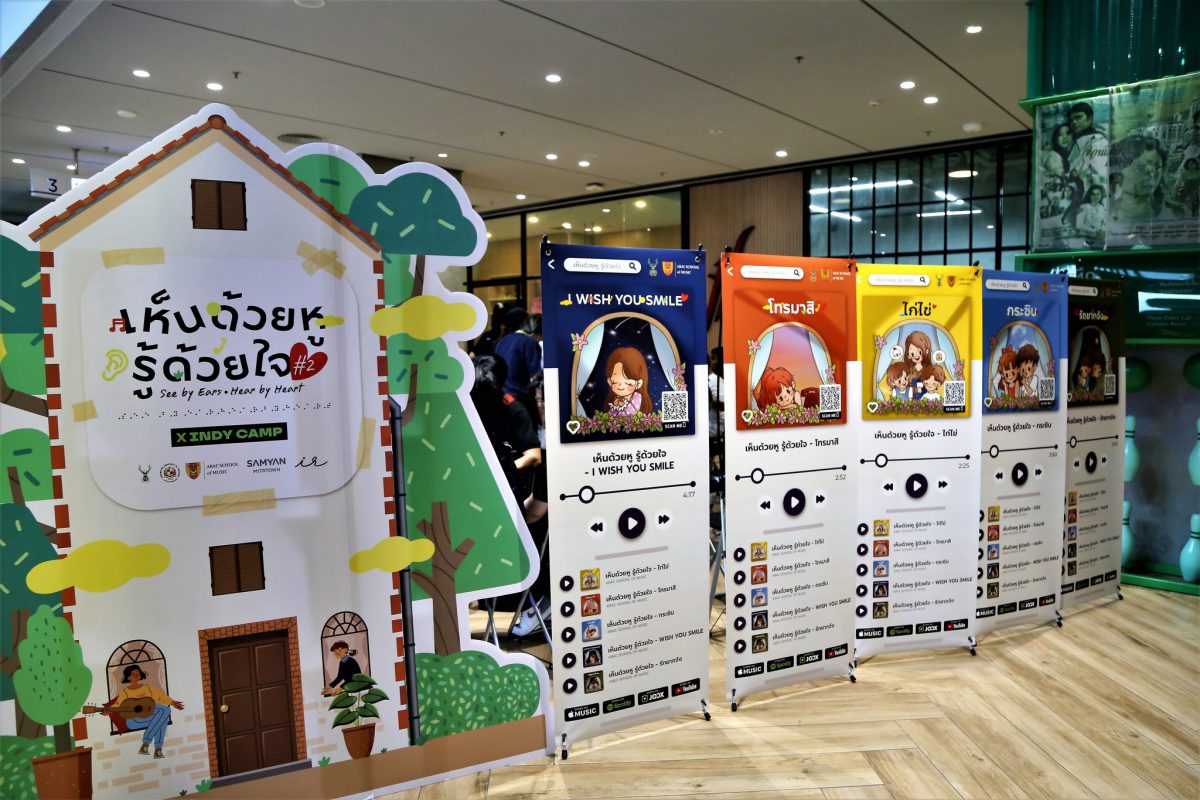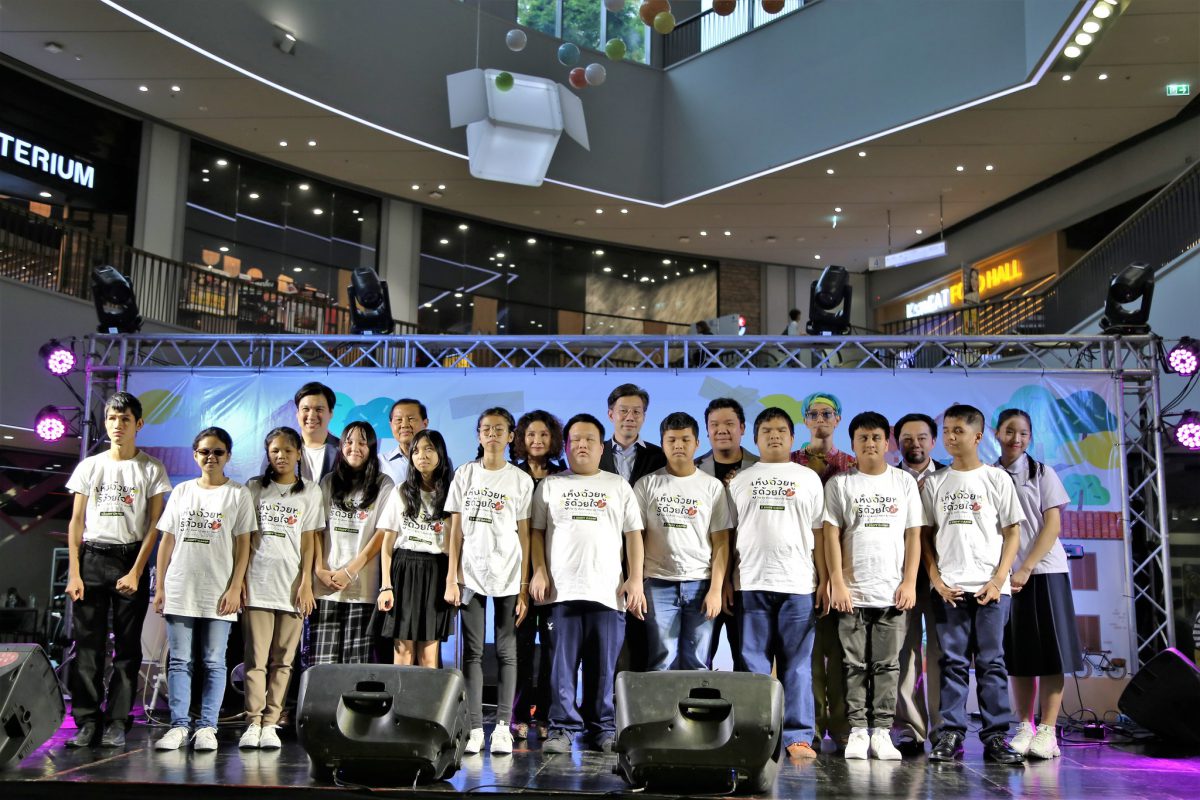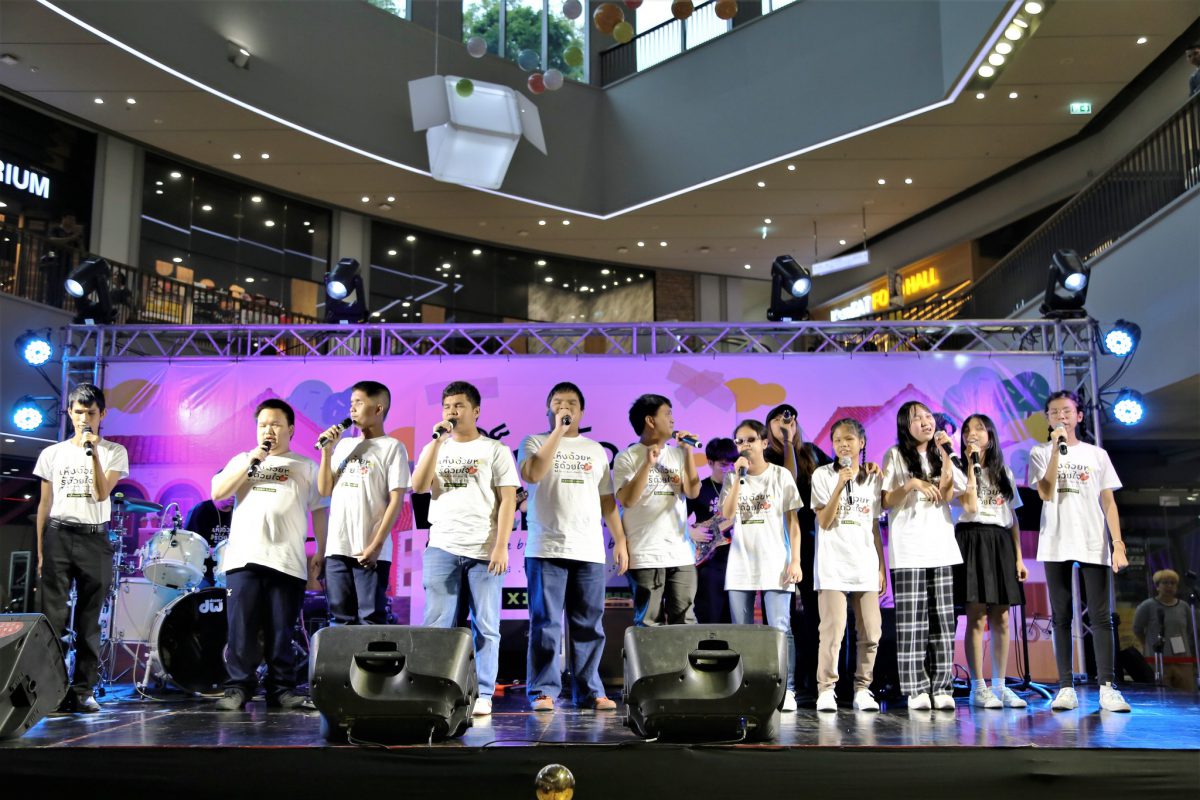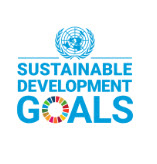On September 7, 2023, the “Hearing with Ears, Knowing with Heart” project, organized by the Louis Nobiron School of Music at Assumption University, took place at Samyan Mitrtown. This initiative aimed to support visually impaired musicians by equipping them with the necessary skills to become successful Music Entrepreneurs. The program empowered participants to create, produce, and distribute their music through digital platforms, enabling them to generate sustainable income while promoting social inclusivity.
The event featured a charity concert, hands-on workshops, and fundraising efforts, all designed to showcase the talents of visually impaired musicians and raise public awareness of their potential. The project was key in reducing social inequality, highlighting that people with disabilities are just as capable of being artists as anyone else.
This initiative contributes to two important Sustainable Development Goals (SDGs):
- SDG 5: Gender Equality – While not explicitly gender-focused, the project provided equal opportunities for all musicians, regardless of gender, encouraging inclusivity and empowering visually impaired individuals, especially women, to pursue careers in music and entrepreneurship.
- SDG 10: Reduced Inequalities – By providing a platform for visually impaired musicians, the initiative worked to reduce social and economic inequalities, ensuring that people with disabilities had the tools and opportunities to participate fully in the creative economy and society. This enables them to bring out their potential and become confident members of society.
In addition to its social impact, the project fostered economic sustainability by helping musicians tap into digital platforms for income generation and visibility. The inclusion of digital marketing and online content distribution workshops equipped the musicians with essential skills to reach a wider audience.
The initiative also emphasized environmental sustainability by promoting eco-friendly practices and minimizing resource consumption in the production and distribution of music. By integrating social, economic, and environmental aspects, the project serves as a model for addressing global challenges with long-term sustainability and inclusivity in mind.
